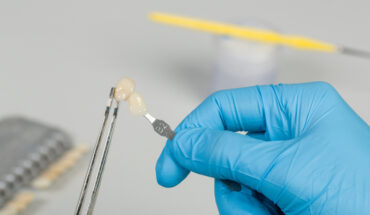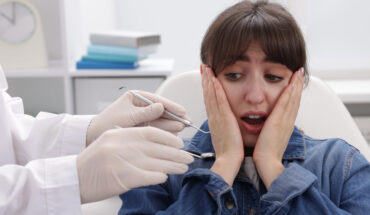
For many people, just the thought of a dental visit can trigger anxiety. The fear of the dentist is one of the most common phobias, affecting millions around the world. Whether due to a traumatic experience in childhood, sensitivity to pain, or general anxiety, this fear can prevent people from getting the oral care they need. Fortunately, advancements in dental care have brought a solution that’s changing lives: sleep dentistry.
What Is Sleep Dentistry?
Sleep dentistry, also known as sedation dentistry, involves the use of medication to help patients relax or even sleep during dental procedures. While some might think it simply refers to being put under general anesthesia, sleep dentistry encompasses a range of sedation levels—ranging from mild relaxation to deep unconsciousness. The goal is to make the dental experience as stress-free and comfortable as possible, especially for those who struggle with the fear of the dentist.
Understanding the Types of Sedation
The science behind sleep dentistry lies in its ability to alter a patient’s level of consciousness using carefully controlled sedative agents. There are four main types of sedation used in dental practice:
- Nitrous Oxide (Laughing Gas):
This is the mildest form of sedation. Nitrous oxide is inhaled through a mask and takes effect quickly. It helps patients feel calm and relaxed but does not put them to sleep. The effects wear off rapidly, allowing patients to drive themselves home afterward.
- Oral Sedation:
A pill, usually diazepam or a similar benzodiazepine, is taken about an hour before the procedure. Depending on the dose, it can produce mild to moderate sedation. Patients remain awake but deeply relaxed and often have little memory of the procedure.
- IV Sedation:
Administered through a vein, this form of sedation allows the dentist to control the level of sedation throughout the procedure. It works quickly and is typically used for more invasive treatments. Patients are usually in a semi-conscious state but feel as if they’re asleep.
- General Anesthesia:
Reserved for the most complex or lengthy procedures—or for patients with extreme dental fear—general anesthesia renders the patient completely unconscious. This method is usually performed in a hospital or surgical center under the care of an anesthesiologist.
How Sedation Works on the Brain
Sedatives used in sleep dentistry act on the central nervous system, particularly targeting neurotransmitters like GABA (gamma-aminobutyric acid). GABA reduces neural activity, slowing down brain function and producing a calming effect. Benzodiazepines, a common class of sedatives in dental care, enhance the effects of GABA, resulting in reduced anxiety, sedation, and muscle relaxation.
In some cases, amnesic effects are also desired. Oral and IV sedatives can interfere with memory formation, meaning the patient may have little or no recollection of the dental procedure—a big advantage for those with a fear of the dentist.
Who Can Benefit from Sleep Dentistry?
Sleep dentistry isn’t just for people with dental phobia. It’s also beneficial for:
- Individuals with a low pain threshold
- Those who have a strong gag reflex
- Patients needing multiple procedures in one sitting
- Children who struggle to remain still during treatment
- People with special needs or cognitive impairments
For many patients, sleep dentistry is the key to finally addressing long-standing oral health issues they’ve avoided due to fear or discomfort.
Safety and Monitoring
One of the reasons sleep dentistry has become increasingly popular is due to its safety profile. Dentists who offer sedation must be specially trained and licensed to administer and monitor these medications. Throughout the procedure, vital signs such as heart rate, oxygen levels, and blood pressure are continuously monitored to ensure the patient’s well-being.
Additionally, pre-procedure evaluations help determine the best type of sedation based on medical history, age, weight, and the nature of the dental work. Patients are given clear instructions for before and after the procedure to ensure a smooth recovery.
The Psychological Benefits
Beyond the physical comfort, sleep dentistry plays a vital role in improving mental health for those with dental anxiety. Avoiding dental care due to the fear of the dentist can lead to a cycle of neglect, pain, and worsening oral health, which only heightens the fear. By offering a painless and stress-free alternative, sleep dentistry breaks that cycle and builds positive associations with dental visits.
In many cases, patients who undergo sedation dentistry once find their fears dramatically reduced in future visits—even opting for less or no sedation over time.
With modern techniques and advanced medications, sleep dentistry continues to evolve. More dental clinics are offering sedation options, and growing public awareness is helping to reduce the stigma and misunderstanding around its use.
For anyone who has postponed dental care because of anxiety, sleep dentistry offers a scientifically backed, compassionate solution. It bridges the gap between necessary oral health and emotional comfort, turning a dreaded experience into something manageable—even peaceful.




